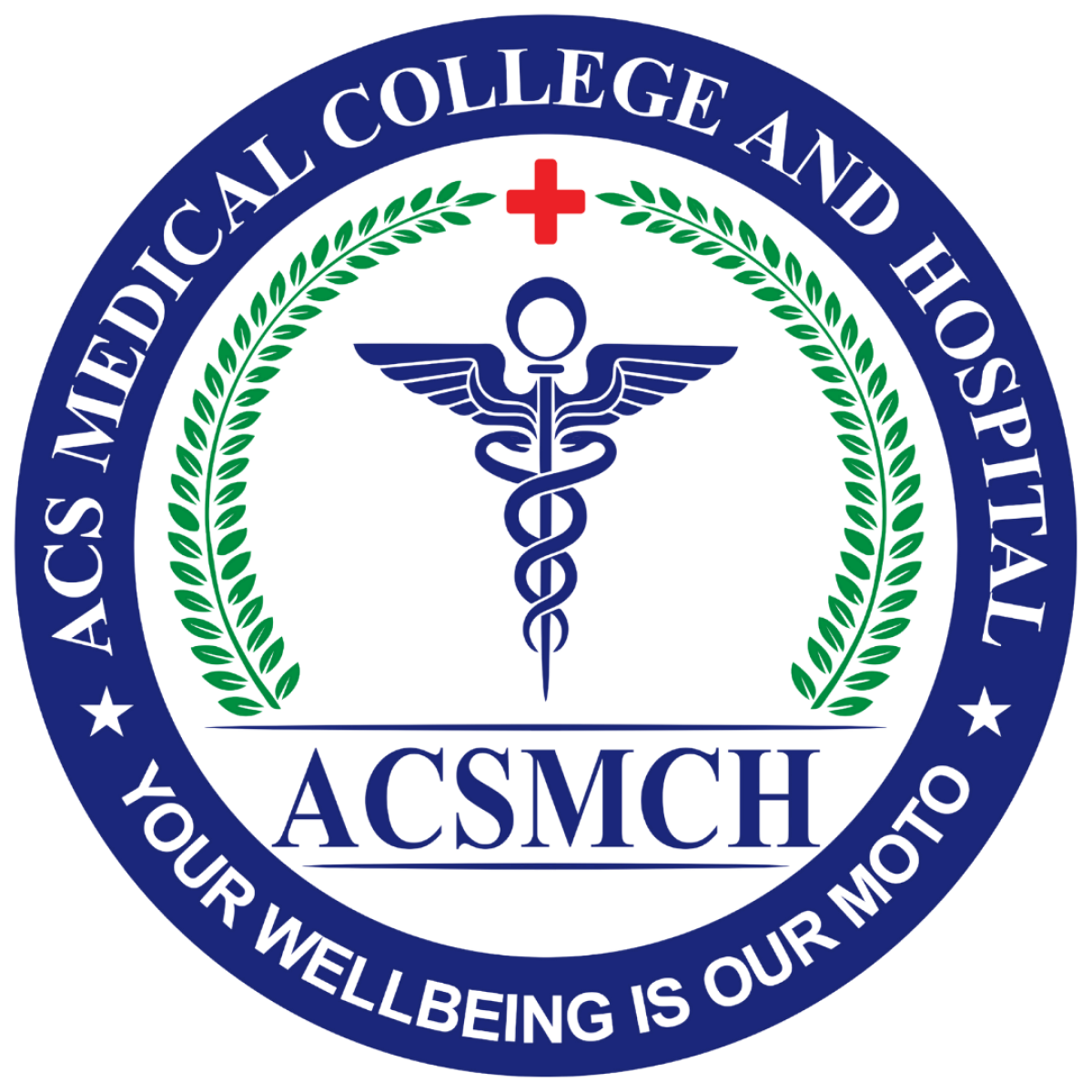Breast cancer is one of the most common cancers globally, affecting both women and, in rare cases, men. It occurs when cells in the breast grow uncontrollably, forming a tumor that can be felt as a lump or seen through imaging tests like mammograms. There are several types of breast cancer, including ductal carcinoma in situ (DCIS), invasive ductal carcinoma, and invasive lobular carcinoma, among others.
Risk factors include genetics (such as BRCA1 and BRCA2 mutations), age, family history, hormone replacement therapy, and lifestyle factors like diet and alcohol consumption. However, many cases occur in individuals with no known risk factors.
Breast cancer is typically detected through self-exams, clinical exams, or routine screening. Early detection significantly improves the chances of successful treatment, which may involve surgery, chemotherapy, radiation, hormone therapy, or targeted therapies. Treatments are more effective when the cancer is caught early before it spreads to other parts of the body (metastasizes).
Awareness campaigns, like Breast Cancer Awareness Month in October, promote regular screenings, early detection, and support for ongoing research. Breast cancer survival rates have improved over the years due to advancements in treatment and increased awareness. However, it remains a leading cause of cancer-related deaths worldwide, emphasizing the need for continued education and research.
